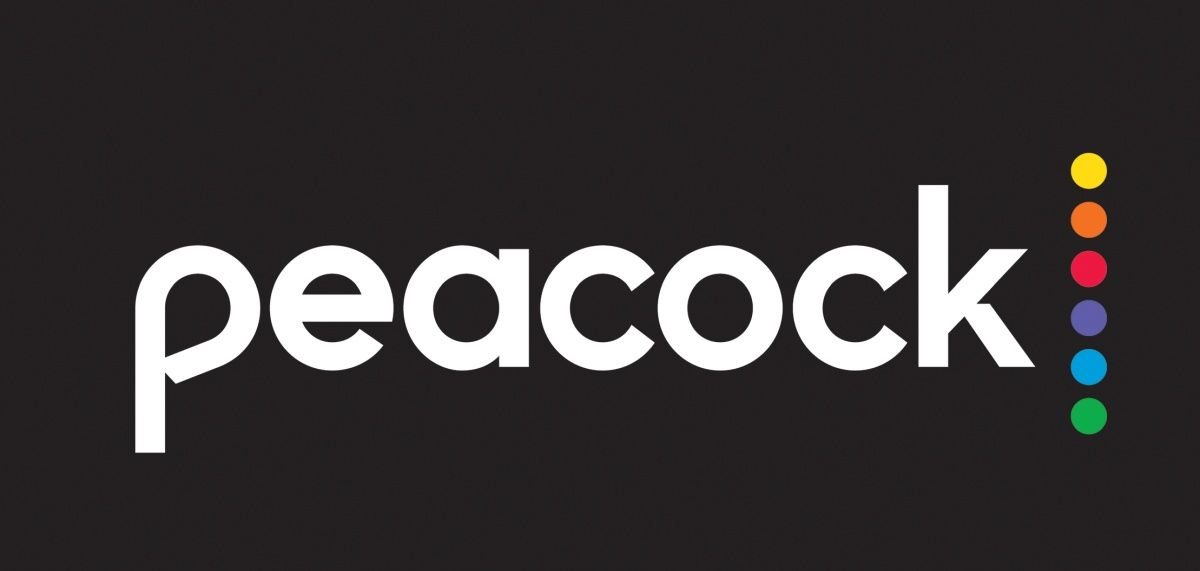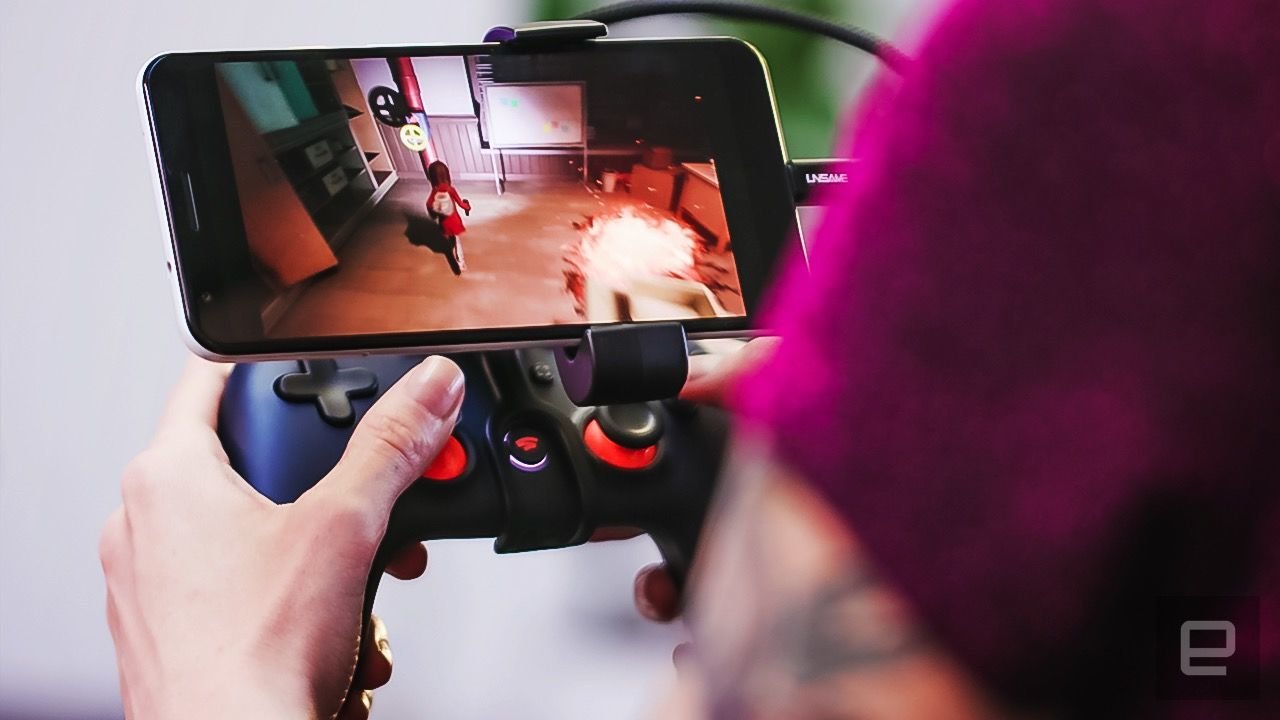1. Why can’t I get my device to connect to my home network?
Most current Wi-Fi routers transmit using two wireless frequencies (bear with us): 2.4 GHz and 5 GHz. The problem is, almost all smart-home devices can use only the 2.4 GHz one, so if your phone is connected to your network on the 5 GHz band, it won’t be able to see or communicate with your brand-new smart-home device (this seems to be the most confounding issue we regularly confront). Before you plug anything in or download an app, make sure your smartphone is connected to the network your smart device will live on, and that it’s 2.4 GHz. (You can find a few security cameras and other devices that may be able to connect to a 5 GHz network, but we don’t recommend going in that direction due to issues with wireless range.)
If you still can’t get your device to connect, your Wi-Fi signal strength may be to blame. If you have areas in your home where your phone or laptop can’t connect, your new smart plug or camera won’t be able to either. If you can, move your router to a central location or consider installing a mesh router, an extender, or a repeater.
2. Do I need to download a special app?
Almost every smart device requires you to use an app to perform the setup process and sometimes to control it. Smart bulbs, smart plugs, cameras, garage-door controllers—they all use apps. The good news is, the apps are free to download. But not all devices work with both iOS and Android (and some devices may work with only certain smartphone models), so make sure the smart device is compatible with your smartphone before you buy.
Also, we say “almost every smart device” because models that work with Apple HomeKit typically do not need a separate app for setup, though you may still need an app for advanced features. (This is one of the reasons people love HomeKit so much.) The same goes for certain devices that you can set up through Amazon’s Alexa app.
3. Why does this device need my email address and a password?
Companies ask you to register an email address and a password so that you have a secure way to access your devices (they also let you know about updates and sometimes send marketing messages to you, too). Otherwise, anyone might be able to connect to and control your thermostat, say, or peek through your security cameras.
The username may be an email address, a phone number, or just a random name. (It’s never all three.) But the most important element is to use a strong password—and it’s critical to use a unique one for every single device you use. Don’t reuse the same username-and-password combo for your smart devices or anything else—as everybody knows, sites get hacked, and once your password combo is stolen from one site, it’s only a matter of time before wrongdoers try it out on another. (This is the kind of thing that has happened with Ring and Nest customers, among many others.) We think everyone should use a password manager, which can create uncrackable passwords and then store them so you don’t have to memorize anything.
4. Why is this device asking to know my location?
Using your smartphone’s location is one of the key ways you can make your smart home smart. Some systems require an address or an approximate location for setup purposes so that they can offer features such as geofencing, which can trigger things like thermostats and cameras to go on and off based on your location. Other apps can trigger lighting, sprinklers, and other devices to go on based on local weather, which requires your whereabouts.
Addresses are also essential for devices that connect to emergency services, such as security systems and smoke alarms.
Don’t like it? Both iOS and Android devices offer the option to turn off location tracking in their Settings menus. Of course, doing so means you can’t take advantage of those conveniences. Also remember that even if your lighting, cameras, and other smart-home devices aren’t tracking you, other apps and your smartphone are still doing that.
5. Why won’t the app connect to my smart device?
Device setup should be easy if you have all of the pieces—including yourself—in place. Many devices (even Wi-Fi ones) depend on a Bluetooth signal for the installation, and Bluetooth has a short range. That means your phone needs to be within a few feet of the device to initially connect to it. Once the device is all set up, you can go on your merry way and use Wi-Fi to connect remotely. (Of course, be sure you’re on your home’s 2.4 GHz network.)
If a device doesn’t have Wi-Fi built in, you may be limited by the range of Bluetooth. Some devices, such as Philips Hue smart bulbs, Ring outdoor lighting, and Lutron in-wall light switches, rely on other wireless signals; they require installing a bridge or hub to connect to them and also gain remote access.
6. Why is my brand-new device insisting I download a file?
Often when you set up a new smart-home device, the process immediately prompts you to download a software update. Don’t worry—it isn’t spyware. It’s just that in the weeks or months between when the device was manufactured and the day you’re opening its packaging in your living room, the company has made improvements—and it wants to pass those fixes on to you. Some of these updates may add new features or even critical security improvements, so download that file. Once you have everything set up, most devices will update automatically or allow you to enable automatic updates so the process will be seamless in the future.
Once your new devices are up and running, you might consider additional ways to use them or to make them work better together. We offer suggestions on getting the most out of your smart lights, how to expand your smart home with sensors, and how to keep hackers out.
This guide may have been updated by Wirecutter. To see the current recommendation, please go here.
When readers choose to buy Wirecutter’s independently chosen editorial picks, Wirecutter and Engadget may earn affiliate commissions.






